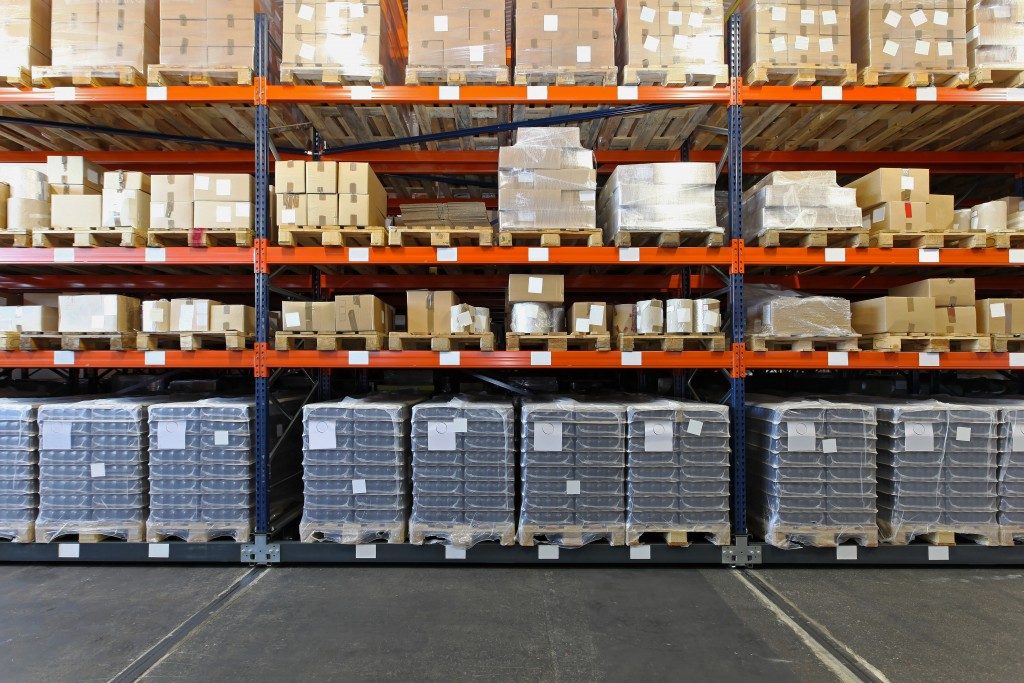When you are looking for an easy and cheap method of creating mounted shelves for warehouse or retail use, wall strip shelves are your best bet. This shelving solution only requires simple assembling, and they are best for adding light duty shelving to your space. Typically, this shelving options vary from as cupboards, office shelves, for laundry shelving and providing additional storage at your garage.
Attaching the Strips
To ensure the strips are secure, they should be at centers of at least 60 cm. However, the type of wall material will determine the load capacity that these shelves can hold. The wall’s composition will also determine how easy you will fix the strips. The deeper the shelves, the less load capacity they can hold. Such shelves are not preferable for shelving items that are more than 50 cm deep.
The Key Features of a Strip Shelf
One feature of strip shelving is that you can adjust the levels of the shelves to any height. The strips come with holes on which you use countersinking screws attach the strips to the wall. The bars of timber which make up the shelf lie on the upper part of the wall bracket. If you are shelving heavy objects, it is advisable that you screw this timber in place to securely fix it.
Assembling the Strips
As a basic rule, always ensure that every fixing is secure before you begin using the strip shelves. Confirm that your walls and the studs are firm and rigid before screwing the strips in place. Avoid fixing the vertical strips onto plaster wall sheeting, and do not use mates here either. Fix only to the steel or timber studs which form the supporting structure for the plaster sheeting. You then can screw through every remaining hole for the shelves to be firm enough to carry maximum weight.
Ascertain that the strip installation is on a straight line
There are various gadgets that you can use to ensure the strip is level. These could include a tubing filled with water or a large spirit or laser level. Avoid installing the stripping off the floor level as the floor could be sloping. Such unlevel installations can compromise the optimum weight that the strip shelving can hold.
Consider the horizontal spacing

It is recommendable that the stripping on the wall which provides support to the timber shelves be at centers of 60 cm whenever possible. This is the typical measurement for most timber and steel frames in modern residential and industrial spaces. For old buildings, the centers should be at least 45 cm. However, for wall strips that use steel shelving, you can use up to 120 cm deep centers.
Conclusion: Fixing Right
You require the right tools to fix your strip shelving solutions right. Note that every type of strip shelving can use different fixing tools. If you are uncertain about the one to use, inquire from your shelving solutions supplier to help you to determine the fixing device that is best suited for your type of strip shelving. It is also crucial you note that your wall material will determine the weight that the shelf can hold. Plaster walls hold much less weight than the concrete, brick or wooden walls do.


